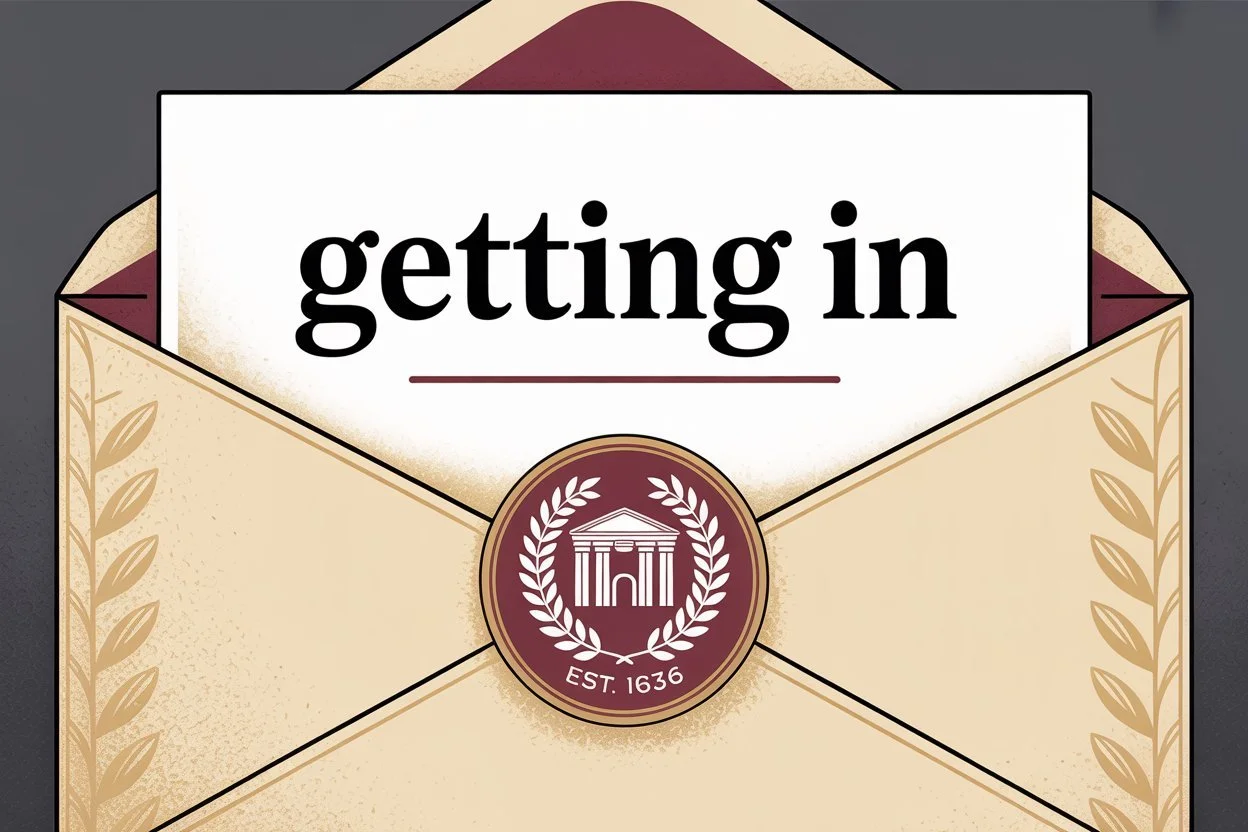Is Restrictive Early Action the Best of Both Worlds?
Back-to-school season always feels like a reset, but when you’re a senior, August carries a different weight. Summer jobs and trips are winding down, the last beach days are behind you, and instead of just shopping for binders and sneakers, you’re gearing up to make your final year count. The Common App opened on August 1, and with it comes the reality: application season has officially begun.
For many seniors, the most confusing part isn’t writing essays or even building a college list — it’s figuring out when and how to apply. That’s where the alphabet soup of ED, EA, REA, and SCEA comes in. Let’s clear it up with a real-life example.
Meet Rianne and Her Friends
Rianne has dreamed of Yale since middle school. Her best friend Lyca is going Early Decision (ED) to Dartmouth — “If I get in, I’m done,” Lyca says. That kind of commitment sounds thrilling, but also terrifying. Another classmate, Margaux, is applying Early Action (EA) to multiple schools — Michigan, Northeastern, UVA — “I’ll get my answers early, but I don’t have to commit.” Rianne envies her flexibility.
But Yale doesn’t offer ED or standard EA. Instead, Yale (along with Harvard, Princeton, and Stanford) offers Single Choice Early Action (SCEA) or Restrictive Early Action (REA). At first, it felt like another cryptic code. Here’s what Rianne figured out:
Like ED, you can only apply to one private school early.
Like EA, it’s not binding — you don’t have to attend if accepted.
You can still apply to public universities, rolling admissions schools, and international universities.
Students may also apply to an ED II program later in the cycle if not admitted through REA/SCEA, provided the timing doesn’t conflict with the REA restrictions.
By the end of August, Rianne saw it clearly. REA/SCEA wasn’t just another acronym — it was a strategy. It let her signal to Yale that it was her top choice, while still keeping the freedom to compare financial aid offers and weigh other schools later.
Why REA/SCEA Matters
In our previous blog, we dissected Early Decision, and in a separate blog we tackled Early Action. REA and SCEA combine elements of both, which is why they deserve their own explanation.
The admissions advantage is real. At places like Harvard and Yale, REA acceptance rates are often three to five times higher than Regular Decision. That’s why, if a first-choice college offers REA or SCEA, this round is worth serious consideration.
It offers:
A significant admissions boost compared to Regular Decision.
Flexibility — you’re not bound to attend if admitted.
A strategic signal to one top college that they’re your clear priority.
Some families choose to start working with Ivy Link as early as 9th grade to prepare for strategic decisions like this. Through our one-on-one comprehensive advising, students map out courses, activities, and application strategies years in advance — so when senior year arrives, they aren’t scrambling to decode deadlines.
But there’s a catch: each college sets its own restrictions. For example, Yale’s SCEA policy allows applications to public universities and rolling admissions schools, but blocks other private EAs. That fine print matters — and missing it can cost an application window.
Here’s the bottom line:
ED is for students like Lyca, who are 100% ready to commit.
EA is for students like Margaux, who want flexibility across many schools.
REA/SCEA is for students like Rianne, whose hearts are set on an ultra-selective university but who still want options on the table.
Whether you’re entering senior year or just starting high school, the smartest families plan early. Ivy Link helps map out courses, activities, and essays so that when application season arrives, the strategy is already in place. Our advisors, graduates of Ivy League schools themselves, help boost admissions chances and support students through every stage of the process. Click below to schedule a consultation with one of our experts.


